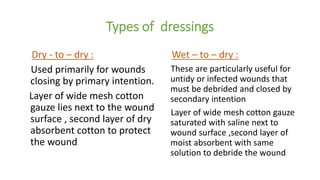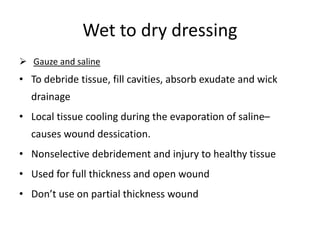wet to dry dressing indications
To clean a dirty or infected wound. Use sterile solution to moisten half of a few pieces of clean 4-by-4 dressing.
Devitalized tissue adheres to dried dressing.

. How to Change Your Dressing. If it is sticking to your skin wet it with warm water to loosen it. National Center for Biotechnology Information.
And 5 increase the risk for wound infection Ayello et. 4 prolong the inflammatory process. Logically thinking about this method tells the clinician that this may be painful similar to pulling off a scab.
The dressing is changed 1 to 3 times a day. Follow these steps to remove your dressing. Wet-to-dry debridement is not selective and often also removes healthy tissues causing re-injury.
Use as a wound dressing delays wound healing increases pain with dressing changes GRS9 More general terms. Without packing the space may close off to form a pocket and not heal. Place the moistened gauze directly on the patients wound and follow with dry dressing.
In 2008 the use of wet-to-dry dressings for wound care surprisingly remains the mainstay for many practitioners and is considered a traditional dressing. Bleeding with dressing removal 4. The wet-to-dry dressing process is one of the methods of mechanical debridement.
This type of dressing is to be changed every 4-6 hours. Disadvantages of Wet to Dry dressing 1. Ted SStashakDVM MSDiplomate ACVSa EllisFarstvedtDVMa AshleeOthica.
19 When the dressing dries fibrin adheres to the. Before You Start If you need pain medicine before you change your dressing. Contraindicated in complex wounds healing by second intention where modern dressings with healingenhancing properties are needed to stimulate healing.
The wet-to-dry technique comes with clear disadvantages. In one dramatic in vitro study it was shown that bacteria were capable of penetrating up to 64 layers of dry gauze19 5. What is the Difference Between Wet-to-Dry and Wet-to-Moist Dressings.
Moisten a piece of gauze with saline and squeeze out the excess fluid so it is damp not dripping wet. Secure the dressing with paper tape. Every four to six hours the clinician firmly pulls the dry gauze not re-moistened from wound bed at a 90-degree angle.
Put on a pair of non-sterile gloves. This also pulls the adhered tissue both viable and non-viable from the wound. Physicians often order Wet to Dry Dressing changes for debridement of tissues in open wounds.
Wet-to-dry gauze dressings are often used with open wounds. A wet to dry dressing is used to remove dead tissue from a wound. They help clean the wound and remove dead tissue.
The number of pieces of sterile gauze depends greatly on the size and severity of the wound. Your health care provider has covered your wound with a wet-to-dry dressing. Follow any instructions you are given on how to change the dressing.
Wound drainage and dead tissue can be removed when you take off the old dressing. Indications and best use. With this type of dressing a wet or moist gauze dressing is put on your wound and allowed to dry.
Deep wounds with undermining and tunneling need to be packed loosely. Wash your hands thoroughly with soap and warm water before and after each dressing change. Carefully remove the tape.
Unravel the gauze place it onto the wound and cover with a dry dressing over the top. Update on wound dressings. A piece of gauze is moistened with a cleansing solution.
Traditional gauze swabs are used to make wettodry dressings for debridement of necrotic wounds Dry dressings are indicated for surgical wounds to provide sterile coverage. Remove the old dressing. Dilute 001 10 mL 1000 mL povidone iodine or 005 140 dilution chlorhexidine or physiologic saline solution alone are most commonly used to wet the material.
The dressing is allowed to dry out and when it is removed it pulls off the debris. After the dressing dries the dead skin tissue sticks to the gauze and comes off the wound when the bandage is removed. Wet to dry dressing keeps wounds clean and promotes healing.
Remove the gauze pads or packing tape from inside your wound. This method removes healthy tissue attached to the gauze in the drying process. Then its put on the wound and allowed to dry.
When the dressing is applied wet it should probably be considered an interactive dressing since it has an effect of hydrating the wound surface. This is because wet-to-dry dressings 1 are a form of nonselective debridement removing healthy tissue as well as necrotic tissue. Dressings are applied moist.
Deep wounds with undermining and tunneling need to be packed loosely. The dressing is allowed to dry and adhere to the tissue in the wound bed. This type of dressing is used to remove drainage and dead tissue from wounds.
Pain with dressing removal 3. There are specific supplies that are needed to perform this type of dressing change. What is a wet-to-dry gauze dressing.
Wash your hands well with soap and water.
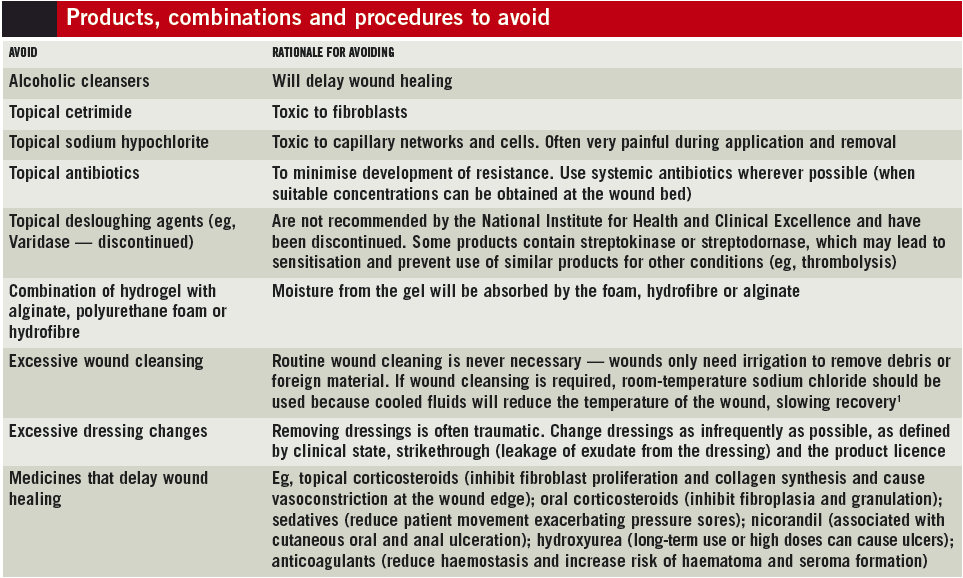
How To Select A Wound Dressing The Pharmaceutical Journal
4 6 Advanced Wound Care Wet To Moist Dressing And Wound Irrigation And Packing Clinical Procedures For Safer Patient Care

Wound Care Dressings And Their Main Indications Download Table
4 6 Advanced Wound Care Wet To Moist Dressing And Wound Irrigation And Packing Clinical Procedures For Safer Patient Care

How To Select An Appropriate Wound Dressing The Veterinary Nurse
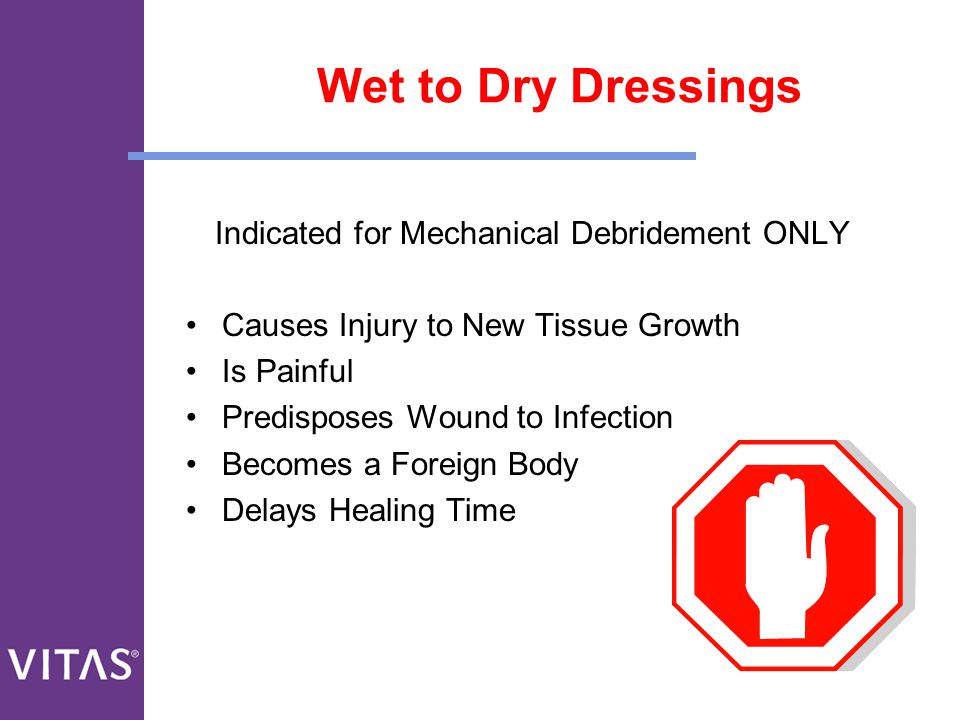
Wound Care Best Practice Guidelines Ppt Download
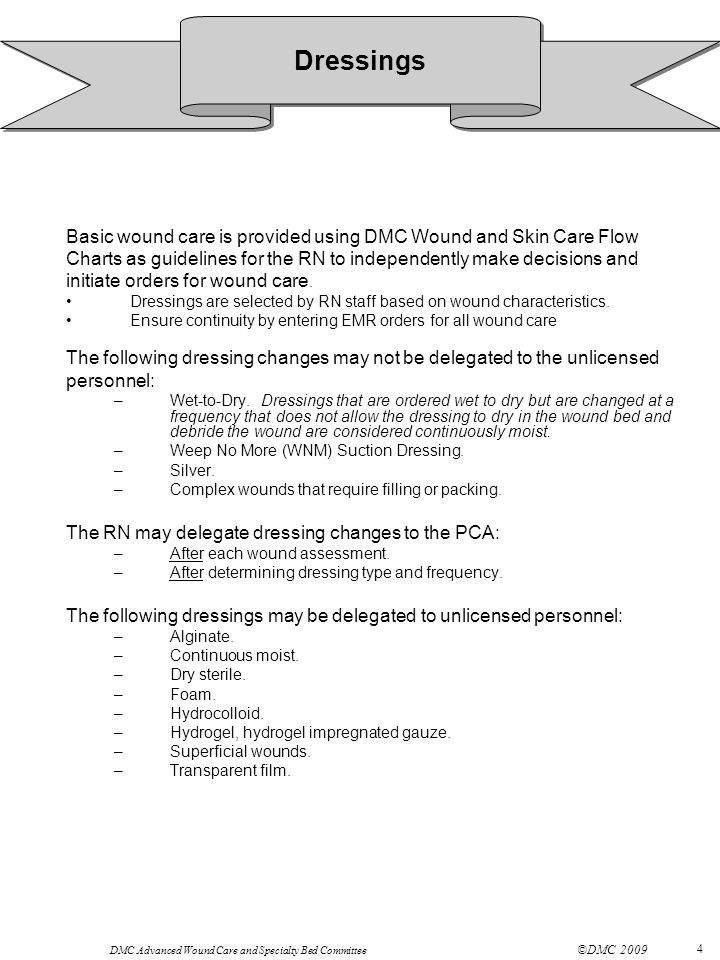
Skin And Wound Care Rn And Lpn Dressings Section 5 Of 7 Ppt Download
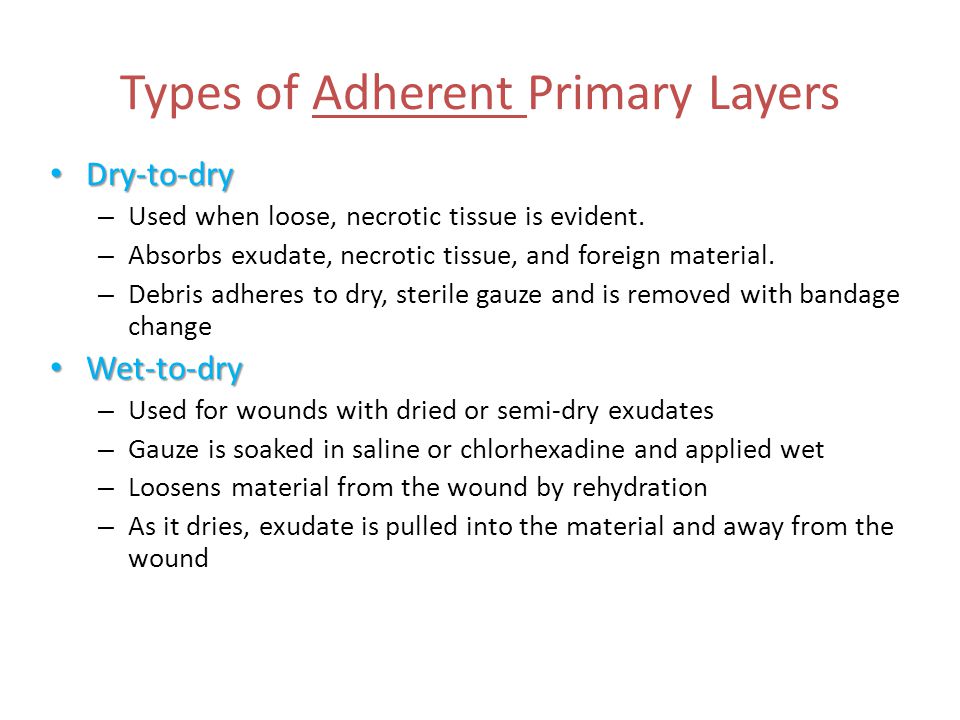
Bandaging Ppt Video Online Download

Wound Care Dressings And Their Main Indications Download Table
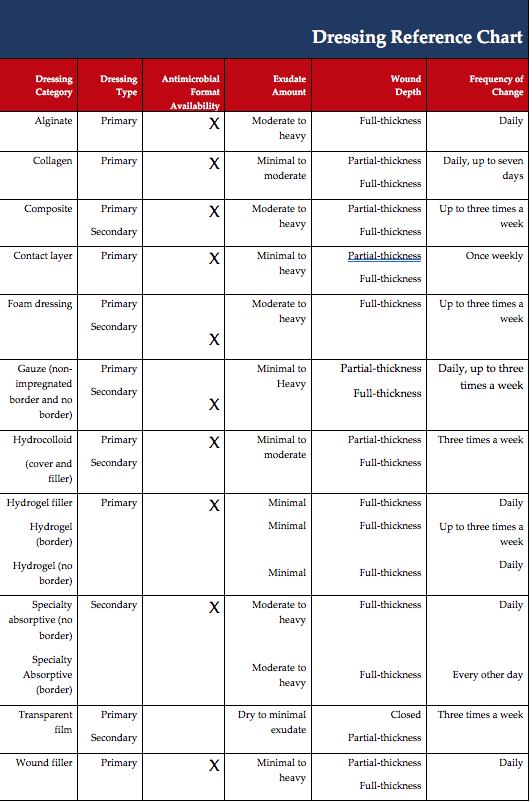
How Do You Select A Wound Dressing Wound Dressing Categories And Selection

Moist Wound Healing The New Standard Today S Veterinary Practice
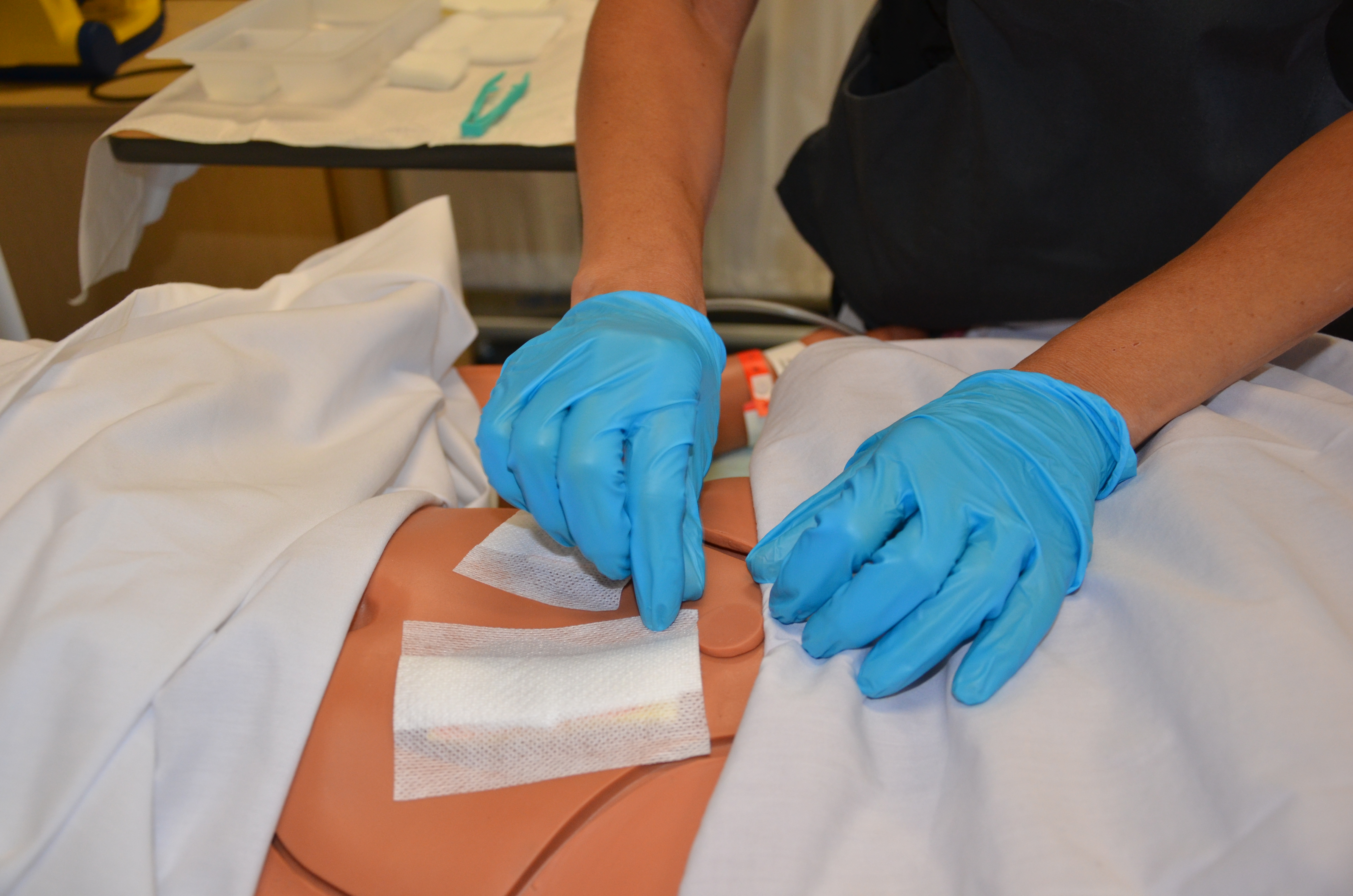
4 6 Advanced Wound Care Wet To Moist Dressing And Wound Irrigation And Packing Clinical Procedures For Safer Patient Care
4 6 Advanced Wound Care Wet To Moist Dressing And Wound Irrigation And Packing Clinical Procedures For Safer Patient Care

Clean Wound Dressing Change Techniques Aseptic Dressing Changes
4 6 Advanced Wound Care Wet To Moist Dressing And Wound Irrigation And Packing Clinical Procedures For Safer Patient Care
